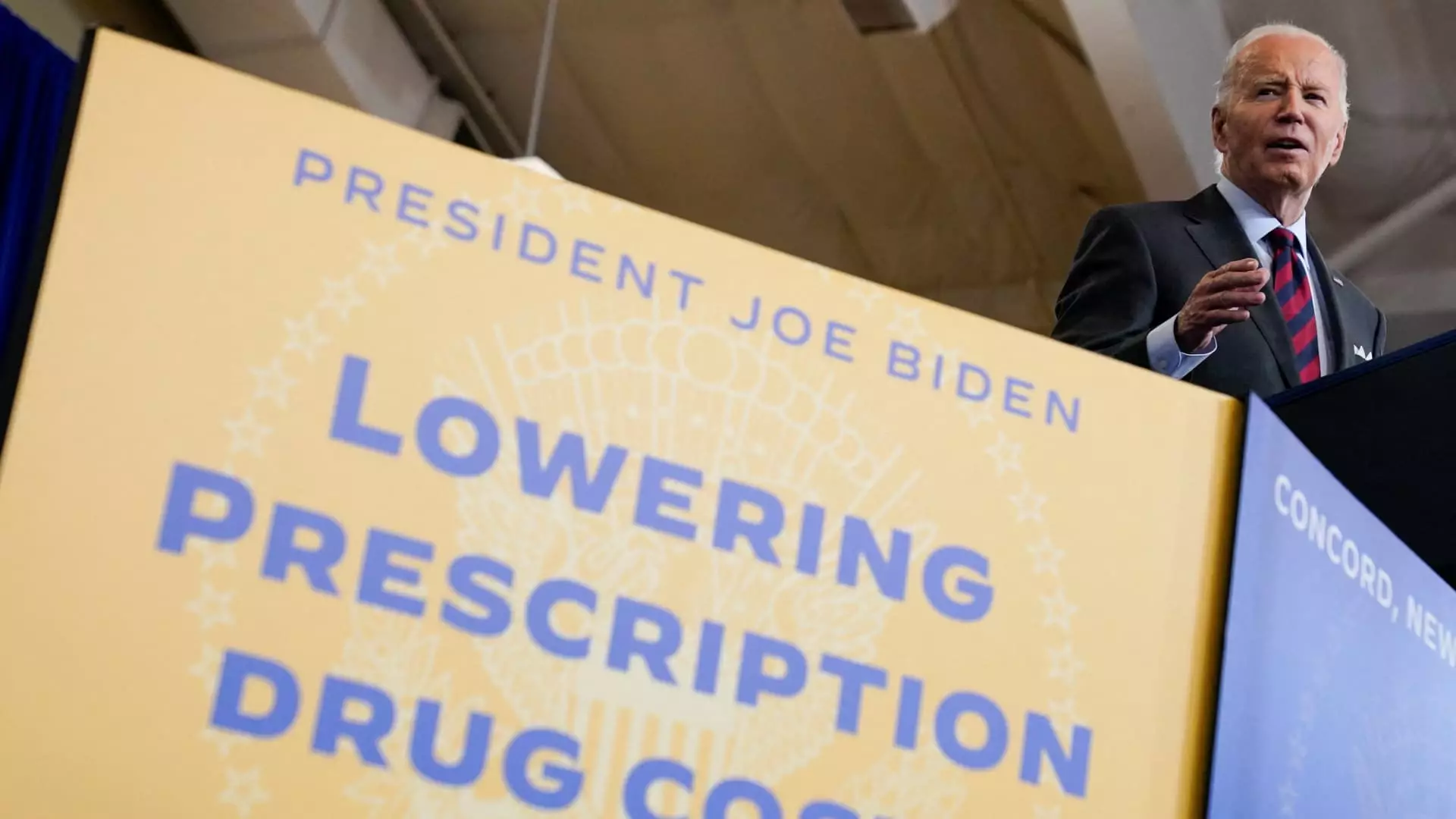In a significant move to enhance the affordability of prescription medications for seniors, the Biden administration recently announced the initiation of negotiations on an additional 15 critical drugs under Medicare. This announcement marks the second phase of a groundbreaking effort to lower drug prices, propelled by the Inflation Reduction Act. Among the highlighted medications are Novo Nordisk’s popular treatments for diabetes and weight management, namely Ozempic, Wegovy, and Rybelsus, all containing the same active ingredient, semaglutide. The objective is to address the soaring costs that have made these vital treatments inaccessible to numerous patients.
The drugs selected for this round of negotiations include a diverse array of treatments that cater to substantial medical needs. This list features medications for chronic illnesses such as diabetes, respiratory diseases, and various cancers. For instance, Novartis’s Xtandi and Pfizer’s Ibrance target prostate and breast cancers, respectively, while GSK’s Trelegy addresses chronic obstructive pulmonary disease (COPD) and asthma. The inclusion of these medications, which represent a staggering $41 billion in annual costs to Medicare, underscores the vital impact they have on patients nationwide. With about 5.3 million seniors enrolled in Medicare Part D using these drugs, this negotiation process promises to influence a significant segment of the older population grappling with health issues.
A Shift in Power: The Role of Medicare
Historically, the ability of Medicare to directly negotiate drug prices has been a contentious topic in U.S. healthcare policy. The enactment of the Inflation Reduction Act marks a fundamental shift in this landscape, offering Medicare the authority to negotiate prices for the first time in nearly 60 years. This new capability has prompted a wave of enthusiasm among congressional Democrats and healthcare advocates, who contend that it is a necessary step towards making medications more affordable for the millions of seniors reliant on Part D coverage. Moreover, data indicates that the 25 medications subject to negotiations in both rounds will collectively represent approximately 36% of total Medicare Part D prescription drug expenditures, marking a critical development in efforts to manage healthcare costs.
The projected outcomes of the negotiations reflect substantial financial benefits, with the administration estimating an overall savings of around $6 billion for the Medicare program in 2026. These anticipated savings would also translate to reduced out-of-pocket expenses for enrollees, with forecasts indicating a relief of around $1.5 billion in 2026 alone. This financial relief comes at a critical time when nearly 10% of seniors over age 65 and 20% of younger Medicare enrollees report difficulty affording their medications. The ability to negotiate these prices could drastically alter the landscape of prescription drug affordability, enabling more seniors to access the treatments they need.
Despite the promising outlook, the negotiation process is not without challenges. Pharmaceutical companies have expressed significant concerns over the potential impact on their revenue streams and innovation capabilities, leading to various legal challenges against the government’s negotiation authority. The outcome of these legal battles could significantly affect the availability and pricing of these medications in the future. Furthermore, uncertainty looms regarding potential shifts in policy should the political landscape change following upcoming elections.
Looking ahead, the process is set to expand. Starting in 2029, the government will enhance its negotiation efforts to include 20 medications annually and will incorporate specialty drugs administered in medical settings by physicians. The groundwork laid by the current negotiations will pave the way for more significant changes, providing additional opportunities for manufacturers to engage with Medicare in the coming years.
The Biden administration’s latest announcement marks a pivotal moment in the ongoing effort to curb exorbitant prescription drug prices and improve healthcare accessibility for seniors. As negotiations proceed, the health of millions of American seniors hangs in the balance, underscoring the critical nature of this undertaking. Whether the envisioned savings and increased access to essential medications are realized will depend on the cooperation of pharmaceutical manufacturers and the resilience of these newly established negotiation practices. As history unfolds, it will be essential to monitor how these transformative policies impact seniors’ health outcomes and the broader healthcare landscape.

